The 6 Mammals with the Most Developed Senses
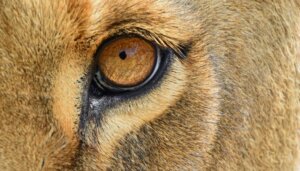
The study of perception is fascinating, especially considering that there are species whose sensory capacities are radically different or more sophisticated than ours. To show you the sensory diversity in the wild, we’re going to tell you about the mammals with the most developed senses.
Some of the examples that you’ll find here have a perceptual capacity greater than that of human beings, but others simply perceive things that we can’t.
The 6 mammals with the most developed senses
The survival of each species requires specific abilities. Just as mongooses are immune to the venom of the king cobra, a cat needs to see in the dark to find its prey. Environmental pressures encourage species to develop some senses more than others, but, of course, a “biologically perfect” living being doesn’t exist.
Here you’ll find out about the most incredible adaptations in the animal world in the area of the senses, so don’t miss it. Some of the members of this list even go beyond smell, touch, taste, sight, and hearing.
1. Cat (Felis silvestris catus)
A cat’s vision is excellent in low light conditions. This is due to the fact that these felids have a layer of tissue (called tapetum lucidum ) next to the retina, which causes light to be reflected within the cat’s own eye, thereby increasing the amount that reaches the ocular photoreceptors.
Animals whose eyes glow in the dark have this membrane, as it’s typical of species that live at night. The night vision of cats is 6 or 8 times better than that of humans. Its field of view is somewhat wider too, about 200 degrees compared to our 180 degrees.
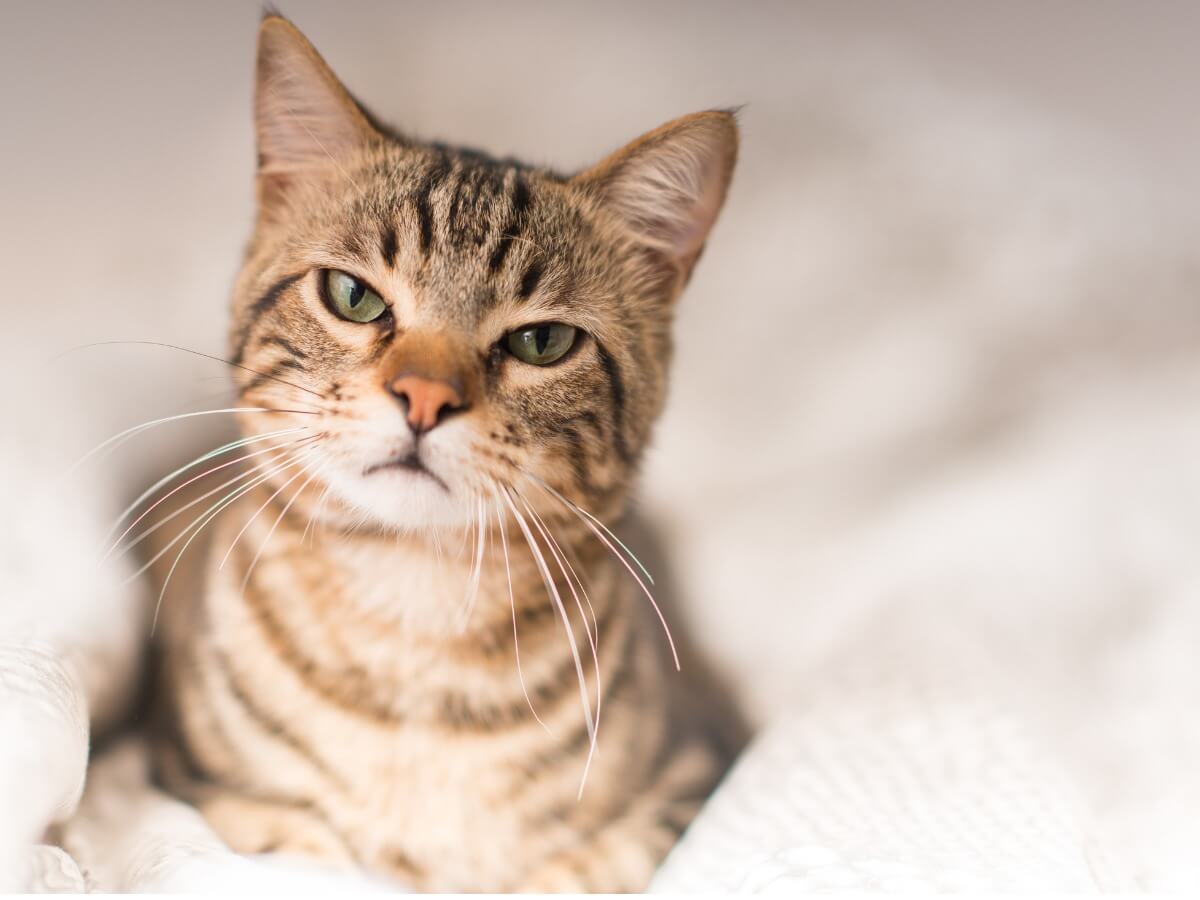
2. Bats
Bats (Chiroptera) are one of the mammals with the most developed senses when it comes to hearing. While humans only hear from 20 to 20,000 Hertz (Hz), Chiropterans can emit and perceive in a range of 150,000 to 200,000 (Hz).
The reason they have such good hearing lies in their way of life. Being nocturnal and almost blind, the echolocation capacity of bats is what allows them to create a spatial representation of their environment and hunt their prey. This sense is so precise that they’re able to detect small insects in flight.
To echolocate in the environment, bats emit waves through their mouths and noses. The bounced waves or echoes represent the elements in the environment.
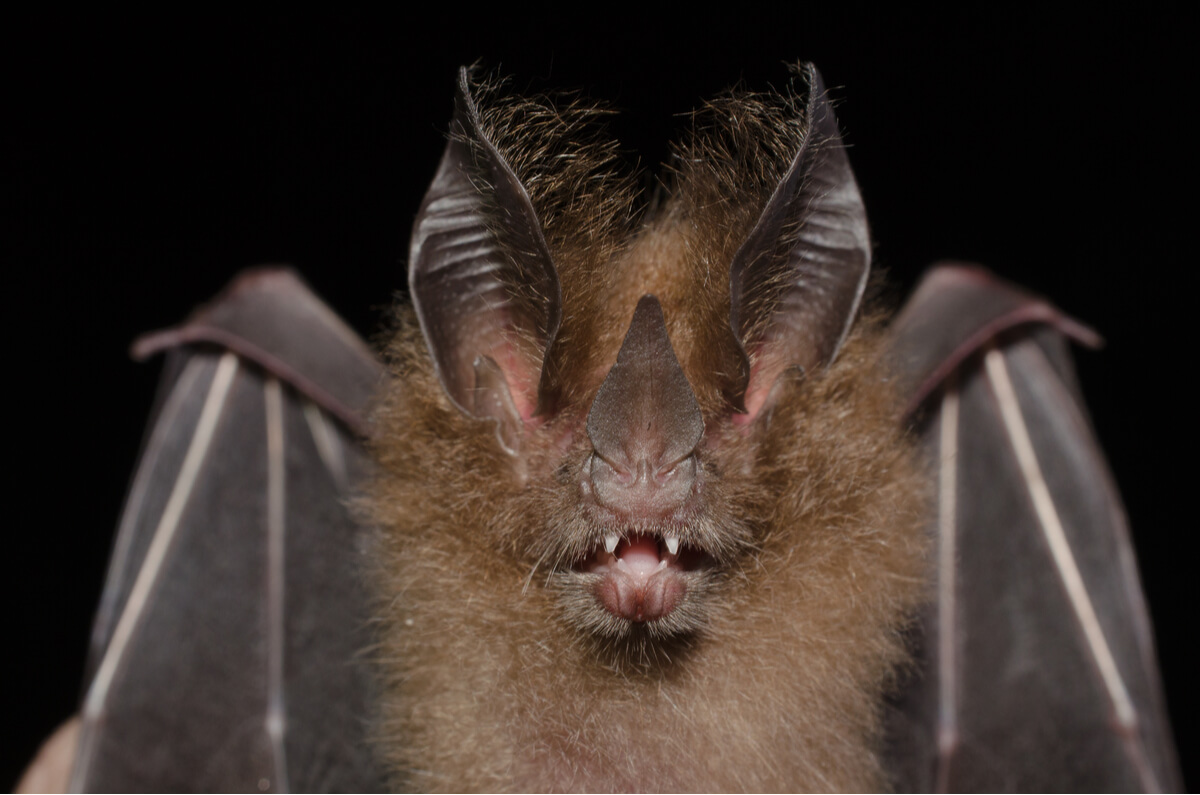
3. Elephants
Although when talking about smell we always think of animals such as the dog or the wolf, the truth is that elephants are one of the mammals with the most developed senses. African elephants (Loxodonta africana) have a sense of smell twice as good as dogs and five times better than humans. They’re able to detect water sources with their nose up to 20 kilometers away.
These pachyderms have 2,000 genes for smell, compared to 400 in our species.
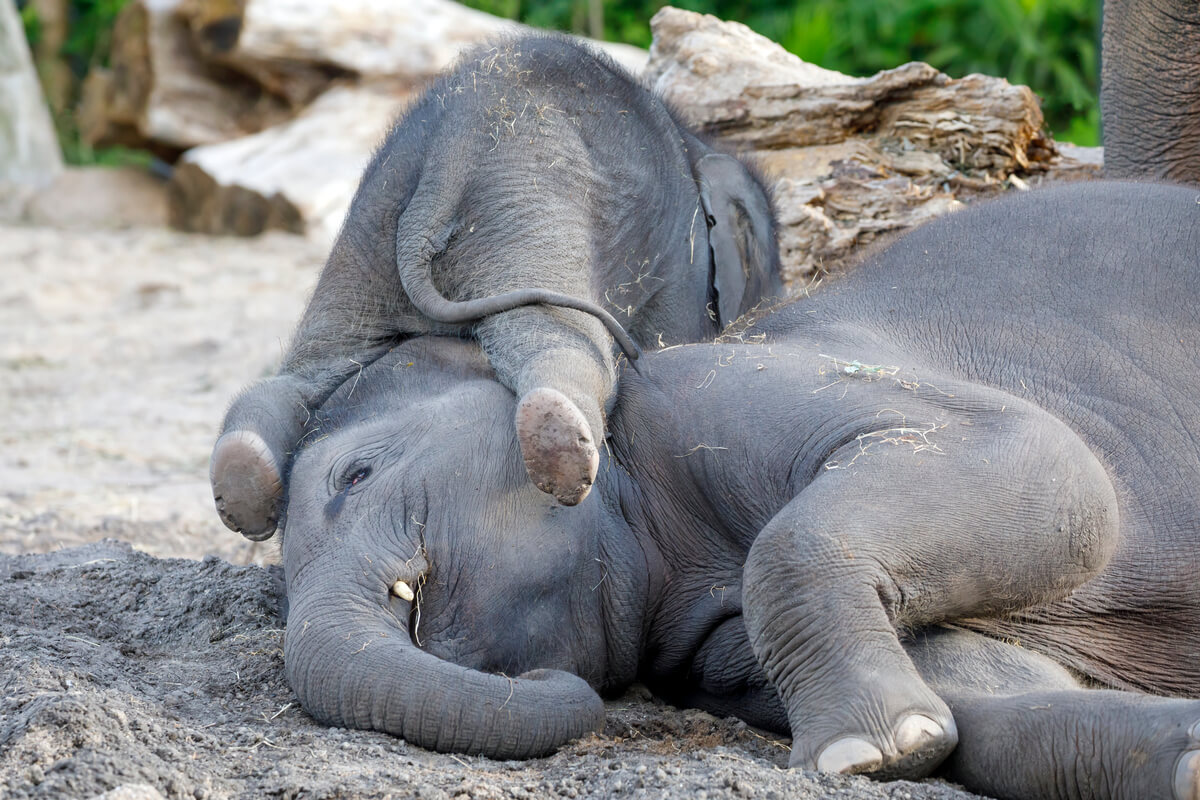
4. Mice, one of the mammals with the most developed senses
The genus Mus, which includes most of the small rodents known as mice, have a highly developed sense of taste. Their tongue carries more receptors than the human tongue, but not only that, they can also detect substances that we can’t.
Some of these flavors, to give you an idea, include calcium and carbon dioxide. Mice can detect chemicals in food in concentrations of parts per million, which is why it’s difficult to eliminate them with poisoned baits.
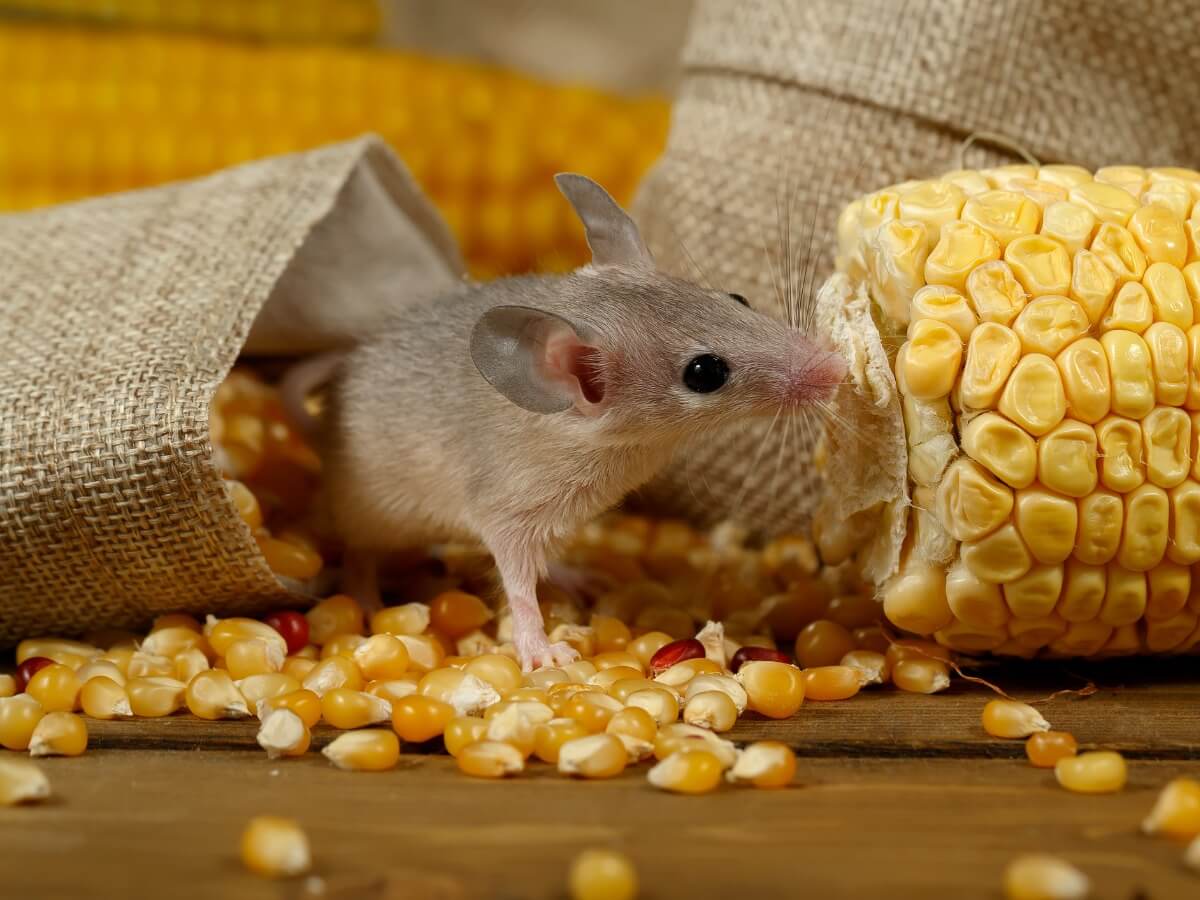
5. West Indian manatee (Trichechus manatus )
Also known as “sea cows” for their gentle nature and herbivorous diet, manatees enter the list of mammals with the most developed senses thanks to their tactile ability. In fact, they’re able to feel objects that haven’t touched their bodies yet.
How is this possible? Well, these marine mammals’ bodies are covered with villi that function in a similar way to the vibrissae of a cat. The set of these tactile whiskers forms their own sensory apparatus that helps them detect changes in currents, temperature or the strength of the tide.
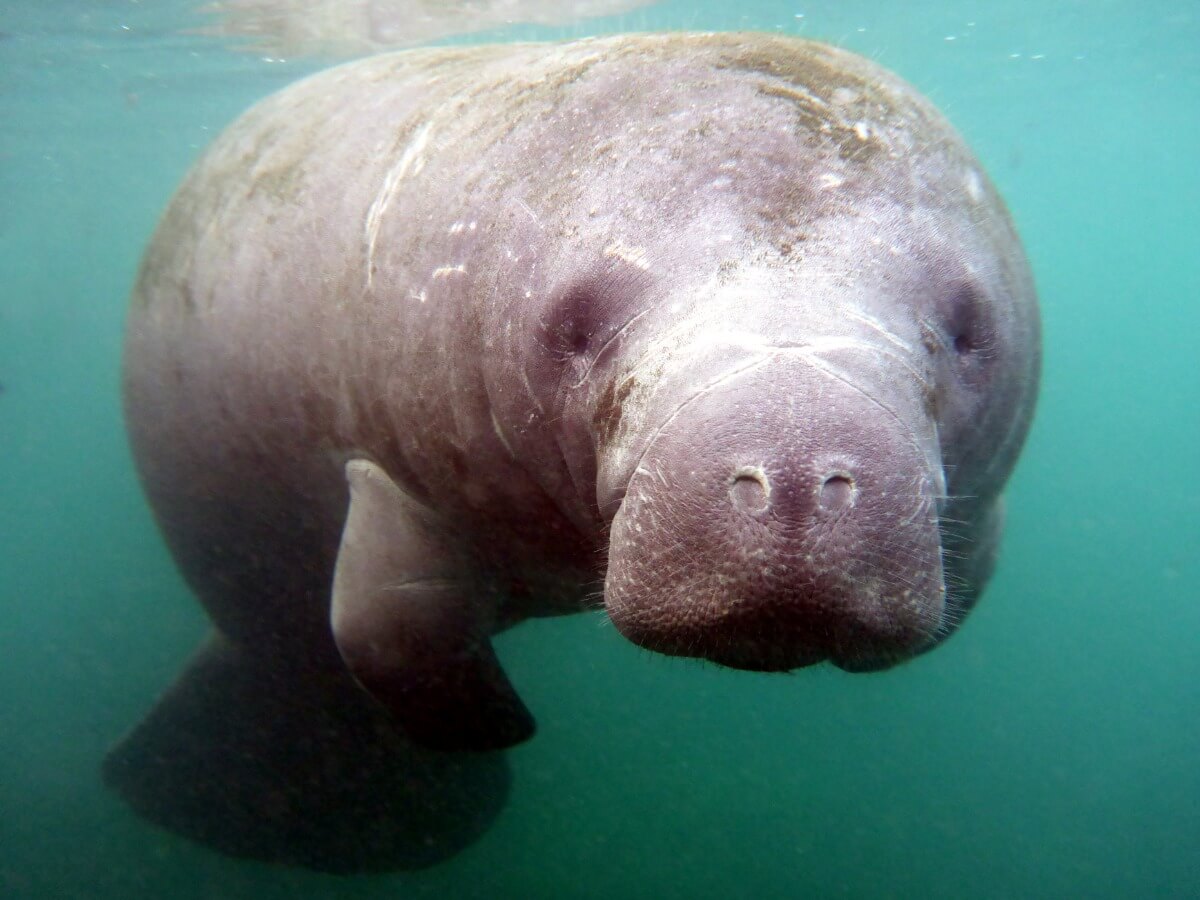
6. Cows and deer
When talking about more developed senses, it’s relatively easy to imagine what it feels like to be inside the head of a mammal, since we all have taste, smell, touch, hearing and sight. However, what about the senses that humans don’t possess?
In a 2008 investigation, it was shown that cattle and some groups of wild deer are capable of perceiving the Earth’s magnetic fields, a skill that, until now, has only been found in birds and insects. These mammals orient themselves toward magnetic north to rest and sleep.
This magnetoreception was later described in other large mammals, such as elephants and possibly dogs.
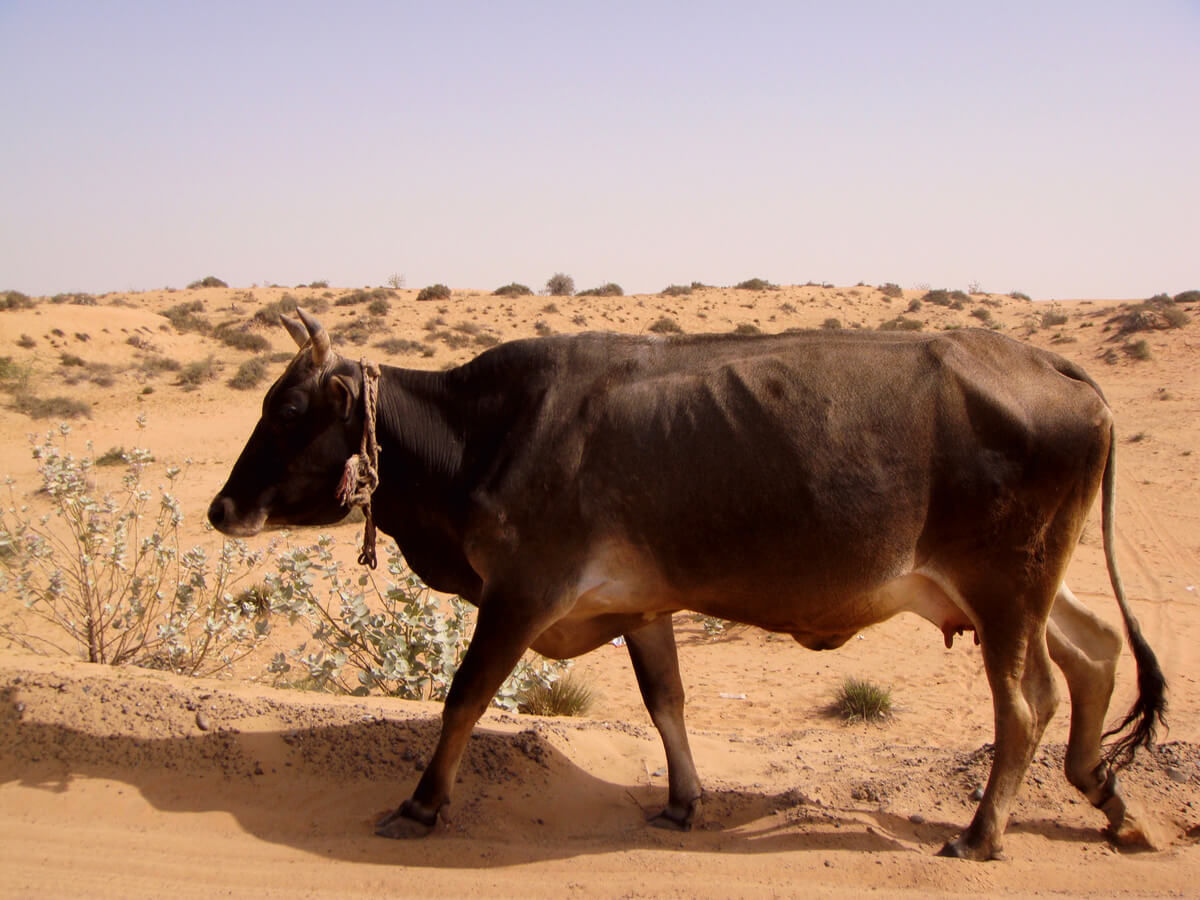
A sensory world
As this list is only for mammals, it’s easy to find only the 5 amplified senses. However, if you’re curious about the subject, the best recommendation is that you explore the sensory world in other animals, such as birds or insects. In them, you’ll find electroception (perception of electricity) or thermoception (temperature), among other superpowers.
Once the extraordinary capacities of animals have been studied in-depth, it’s easy to see the relationship of their adaptation to the environment. However, it’s impossible to avoid the following question: how does the world look from behind their eyes? If it’s ever emulated, it’ll certainly be an unrepeatable experience.
The study of perception is fascinating, especially considering that there are species whose sensory capacities are radically different or more sophisticated than ours. To show you the sensory diversity in the wild, we’re going to tell you about the mammals with the most developed senses.
Some of the examples that you’ll find here have a perceptual capacity greater than that of human beings, but others simply perceive things that we can’t.
The 6 mammals with the most developed senses
The survival of each species requires specific abilities. Just as mongooses are immune to the venom of the king cobra, a cat needs to see in the dark to find its prey. Environmental pressures encourage species to develop some senses more than others, but, of course, a “biologically perfect” living being doesn’t exist.
Here you’ll find out about the most incredible adaptations in the animal world in the area of the senses, so don’t miss it. Some of the members of this list even go beyond smell, touch, taste, sight, and hearing.
1. Cat (Felis silvestris catus)
A cat’s vision is excellent in low light conditions. This is due to the fact that these felids have a layer of tissue (called tapetum lucidum ) next to the retina, which causes light to be reflected within the cat’s own eye, thereby increasing the amount that reaches the ocular photoreceptors.
Animals whose eyes glow in the dark have this membrane, as it’s typical of species that live at night. The night vision of cats is 6 or 8 times better than that of humans. Its field of view is somewhat wider too, about 200 degrees compared to our 180 degrees.

2. Bats
Bats (Chiroptera) are one of the mammals with the most developed senses when it comes to hearing. While humans only hear from 20 to 20,000 Hertz (Hz), Chiropterans can emit and perceive in a range of 150,000 to 200,000 (Hz).
The reason they have such good hearing lies in their way of life. Being nocturnal and almost blind, the echolocation capacity of bats is what allows them to create a spatial representation of their environment and hunt their prey. This sense is so precise that they’re able to detect small insects in flight.
To echolocate in the environment, bats emit waves through their mouths and noses. The bounced waves or echoes represent the elements in the environment.

3. Elephants
Although when talking about smell we always think of animals such as the dog or the wolf, the truth is that elephants are one of the mammals with the most developed senses. African elephants (Loxodonta africana) have a sense of smell twice as good as dogs and five times better than humans. They’re able to detect water sources with their nose up to 20 kilometers away.
These pachyderms have 2,000 genes for smell, compared to 400 in our species.

4. Mice, one of the mammals with the most developed senses
The genus Mus, which includes most of the small rodents known as mice, have a highly developed sense of taste. Their tongue carries more receptors than the human tongue, but not only that, they can also detect substances that we can’t.
Some of these flavors, to give you an idea, include calcium and carbon dioxide. Mice can detect chemicals in food in concentrations of parts per million, which is why it’s difficult to eliminate them with poisoned baits.

5. West Indian manatee (Trichechus manatus )
Also known as “sea cows” for their gentle nature and herbivorous diet, manatees enter the list of mammals with the most developed senses thanks to their tactile ability. In fact, they’re able to feel objects that haven’t touched their bodies yet.
How is this possible? Well, these marine mammals’ bodies are covered with villi that function in a similar way to the vibrissae of a cat. The set of these tactile whiskers forms their own sensory apparatus that helps them detect changes in currents, temperature or the strength of the tide.

6. Cows and deer
When talking about more developed senses, it’s relatively easy to imagine what it feels like to be inside the head of a mammal, since we all have taste, smell, touch, hearing and sight. However, what about the senses that humans don’t possess?
In a 2008 investigation, it was shown that cattle and some groups of wild deer are capable of perceiving the Earth’s magnetic fields, a skill that, until now, has only been found in birds and insects. These mammals orient themselves toward magnetic north to rest and sleep.
This magnetoreception was later described in other large mammals, such as elephants and possibly dogs.

A sensory world
As this list is only for mammals, it’s easy to find only the 5 amplified senses. However, if you’re curious about the subject, the best recommendation is that you explore the sensory world in other animals, such as birds or insects. In them, you’ll find electroception (perception of electricity) or thermoception (temperature), among other superpowers.
Once the extraordinary capacities of animals have been studied in-depth, it’s easy to see the relationship of their adaptation to the environment. However, it’s impossible to avoid the following question: how does the world look from behind their eyes? If it’s ever emulated, it’ll certainly be an unrepeatable experience.
All cited sources were thoroughly reviewed by our team to ensure their quality, reliability, currency, and validity. The bibliography of this article was considered reliable and of academic or scientific accuracy.
- Begall, S., Červený, J., Neef, J., Vojtěch, O., & Burda, H. (2008). Magnetic alignment in grazing and resting cattle and deer. Proceedings of the National Academy of Sciences, 105(36), 13451-13455.
- Narukawa, M., & Misaka, T. (2021). Change in Taste Preference to Capsaicin and Catechin Due to Aging in Mice. Journal of nutritional science and vitaminology, 67(3), 196-200.
- von Dürckheim, K. E. (2021). Olfaction and scent discrimination in African elephants (Loxodonta africana) (Doctoral dissertation).
This text is provided for informational purposes only and does not replace consultation with a professional. If in doubt, consult your specialist.








